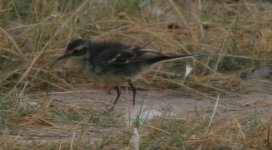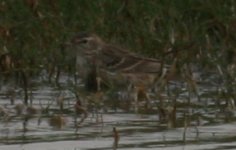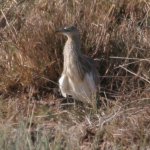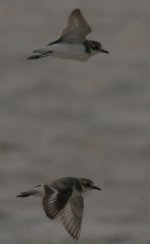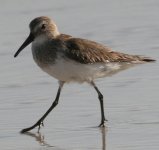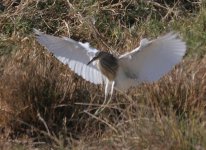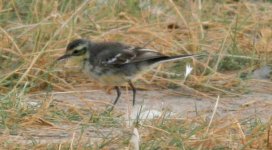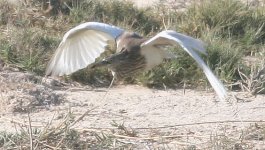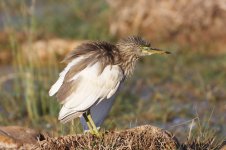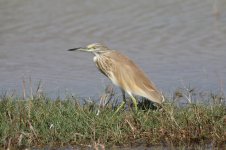I'm not so sure you are wrong. It was taken in February and the bird is in extremely worn presumably 1w plumage. I have lightened the picture a little and attached it to make the features easier to see.
I think the following features point to Citrine:
1. The head pattern shows the classic pale surround to the ear-coverts and hollow centre. The lores also appear to be pale(ish)
2. There appears to be a hint of the darker border to the supercilium, typical of 1w Citrine.
3. Whats left of the covert and tertial fringes (especially the median coverts) are surely too bright white and broad for a worn 'yellow wagtail', and would be consistent with a worn Citrine.
4. Taken in February, I assume the bird is undergoing its pre-breeding moult and beginning to replace some of the body feathers, which seem to be the lovely lemon Yellow of a Citrine. I'm not convinced about the undertail-covert theory. On a 1w Yellow Wagtail, this should be the yellowest part of the bird. Here they look whitish or off white to me.
5. The upperparts appear the nice steely grey (tinged brown) of a Citrine.




